
- Image by Louis Kreusel via Flickr
In years past, Gerald Casey was a “shepherd of the devil,” he said, moving 15 kilos of cocaine a day to the streets of Chicago in a large drug cartel. After distributing cocaine for years, Casey found himself a victim of his own enterprise. His business had turned him into a user, leaving him penniless and homeless. Casey knew that his only chance for survival was to change his life and leave his addiction behind. He found his soul, and now heals the souls of others, at The Pacific Garden Mission.
The Pacific Garden Mission, located at 1458 S. Canal St. on Chicago’s South Side, has become a haven for the homeless like Casey, restoring hope to their lives and instilling an inner strength, based on a Christian mission. Founded in 1877 by Sarah Dunns, The Pacific Garden Mission has earned recognition over the years as the oldest, continuously operating rescue mission in the country. The mission offers a unique alternative to secular-based shelters. As described by Rodney Sessoms, director of the men’s division, “The Mission is not just a rehabilitation center but is a place of regeneration. If you change the way a person thinks, you will change the way they act.”
Sessoms himself is a product of the Mission’s program. Before moving to Chicago, he was heavily involved in drugs in his hometown of Baltimore, Md. After hearing about The Pacific Garden Mission, he decided to move to Chicago. Sessoms became the staff barber and lived there for four years while completing his bachelor’s degree in Biblical studies at Moody Bible Institute.
Casey has been working for Pacific Garden Mission for four years, and is currently the head of the intake department at the men’s division — the first place prospective residents go. Casey describes the intake process in three parts. First he verifies the person is not a sexual offender — under state law sexual offenders are not allowed to reside in facilities that house women and children. Casey directs sexual offenders to other means of shelter. Next Casey asks if visitors believe in Jesus Christ. An important aspect of the mission, Casey says, is helping each client build a relationship with Christ and the church.
This relationship, he says, is what keeps Pacific Garden going. The mission relies solely on faith-based and private-sector donations for support. This has proven to be the reason why the mission has become so successful over the years. Sessoms explains that while secular programs funded by the government have crumbled due to the economic crisis and lack of funding, faith-based programs have remained thriving and have become a place of refuge for those who have lost their way. Dunns’ philosophy has ultimately created a permanent shelter, not one dependent on the whims of the federal government.
Sessoms also has seen an increase in residents with psychological problems at the mission. He hints that the reason for this could be the economic crisis as well. “The first programs to receive budget cuts are those in the human service department,” says Sessoms. “These programs that are geared to help the disabled now do not have finances to do so, therefore their clients are left to fend for themselves and eventually end up on the street or at the mission.” The mission will likely shelter from 700 to 1,000 homeless people a night during this winter season, Sessoms says.
The mission offers its residents a three-step program, including Bible studies and career development to get the client involved in the church. In the first step, residents work on their inner self through counseling and reading the Bible. In eight to 12 months, the client moves to career development. In this phase, clients work on getting an ID, paying off debts, formulating a resume, completing a GED, or applying for college. The third and final step is optional. After completing a year at the Mission, a resident’s goals are re-evaluated. If the mission determines more time is necessary, the resident has the option to stay for a second year. The mission also provides short-term housing for those who don’t fit the long-term program criteria. These men and women are called transients.
The strength of the mission’s programs relies heavily on the facilities provided for each resident. The mission’s new state-of-the-art building uses renewable energy technologies including a green roof that diverts runoff from the roof and gutter systems. The building is also equipped with solar paneling used for insulation to reduce heating costs. Another unique feature is the greenhouse. The sustainable garden houses vegetables and fruits used in the mission’s kitchen. Compost made from leftover food is recycled and used to fertilize plants. The greenhouse provides a unique method for residents to interact while gardening.
The building’s three stories include a gym, barber shop, salon, laundry facilities, a recording studio and an auditorium. The building also provides a clinic with an ophthalmologist, podiatrist and dental hygienist. All of the services are free to all residents.
Despite all the resources available, the mission only provides a second chance at life for those who are truly committed to the three-step program. “The hardest part of my job is letting someone know that the program is not the right fit for them,” Sessoms says. Despite a low success rate, Sessoms and Casey are committed to what they do. Through finding God and becoming a member of the Pacific Garden Mission, Casey says, Casey has found his inner peace.
“I have a zeal to share that peace with others,” says Casey. “I would do this for free if I didn’t have to pay the bills. I don’t have a job. I have a joy.”


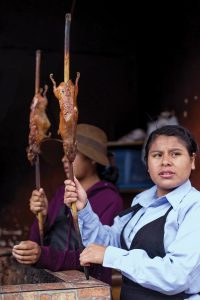
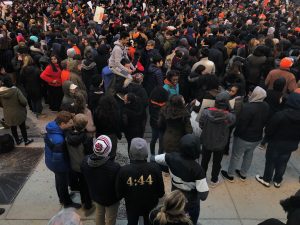
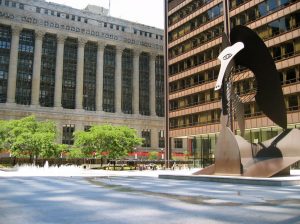
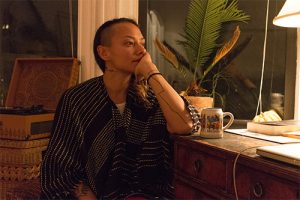
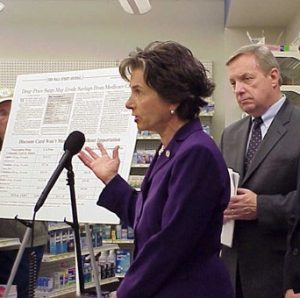



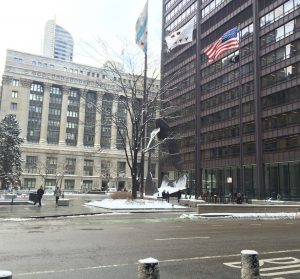
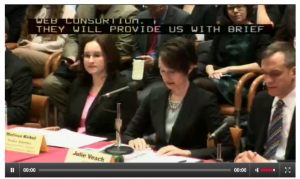
Be First to Comment